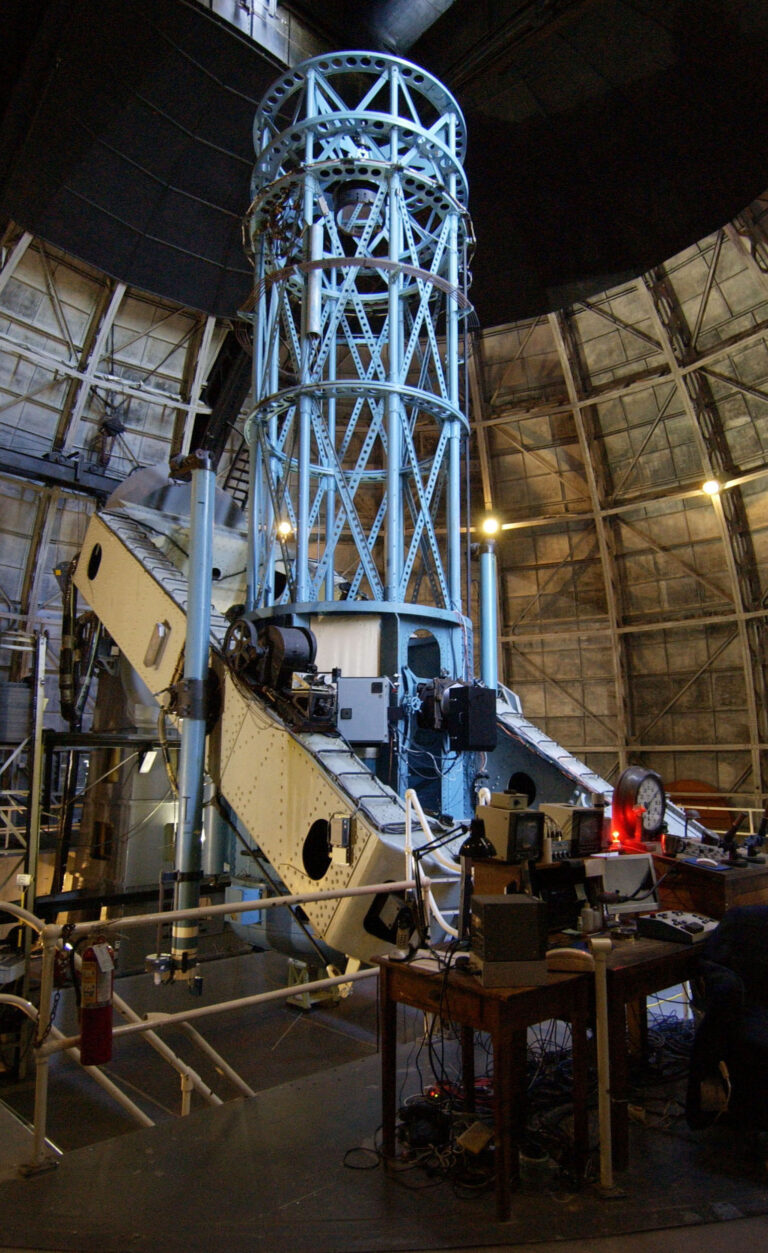
Key Takeaways:
- A close planetary conjunction of Venus and Jupiter occurred on June 17, 2 B.C.E.
- From Earth, the planets appeared extremely close, almost merging visually.
- This apparent proximity is a result of the planets' differing orbital speeds and perspectives from Earth.
- The conjunction is proposed as a potential astronomical explanation for the Star of Bethlehem, given its significance in ancient astrology.
On June 17, in the year 2 B.C.E, a significant planetary conjunction occurred involving Venus and Jupiter. From Earth’s perspective, these two bright planets appeared to draw so close that they would have seemed to merge into nearly a single, brilliant object in the sky. This type of celestial alignment occurs because planets move in their orbits at different speeds, causing them to periodically appear to pass each other from Earth’s view, despite remaining hundreds of millions of miles apart in space. Such a conjunction is one theorized explanation for the Star of Bethlehem: For ancient astrologers, the motions and close appearances of planets held deep meaning and were believed to predict future events, making the June 17 conjunction a candidate for the celestial sign sought by the Magi at the time of Jesus Christ’s birth.









